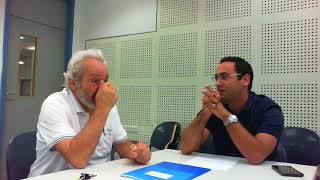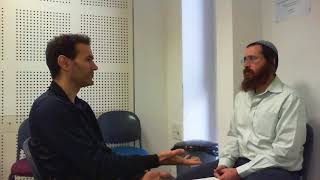Background (100-030-001-2) Avital and Tami
The patient is visiting the doctor for the 1st time since her husband died a week ago. She has already indicated to the doctor how hard it will be for her to adjust to his death. The doctor has just asked about the “ the family”: (two adult children), and how they are all managing this loss together
The action
The doctor nods her head repeatedly to show that she’s listening attentively, and, except for a few short clarifications, allows the patient to talk freely
The patient indicates sadly that she can’t expect much help from her children, and reiterates that she feels very much alone and helpless. She uses the word “alone” twice in this short segment.
Educational opportunities
- The doctor manages with body language alone to appear attentive. Does the body language also reflect empathy? Explain.What psychosocial parameters [CASE or others] are touched on in the patient’s monologue?) And what is the dominant impression that the patient makes?
To which of these CASE elements revealed by the patient would you recommend responding to first? Why? And how? [This question implies that doctors have choices about what to respond to and how to do it. Making that assumption explicit in itself can be a powerful teaching point.]
As with all clips showing isolated cues the opportunity is always there to use it as a trigger to elicit possible physician responses from the group participants. “how would you respond next?”.
[Remembering that a response need not always be verbal ]


